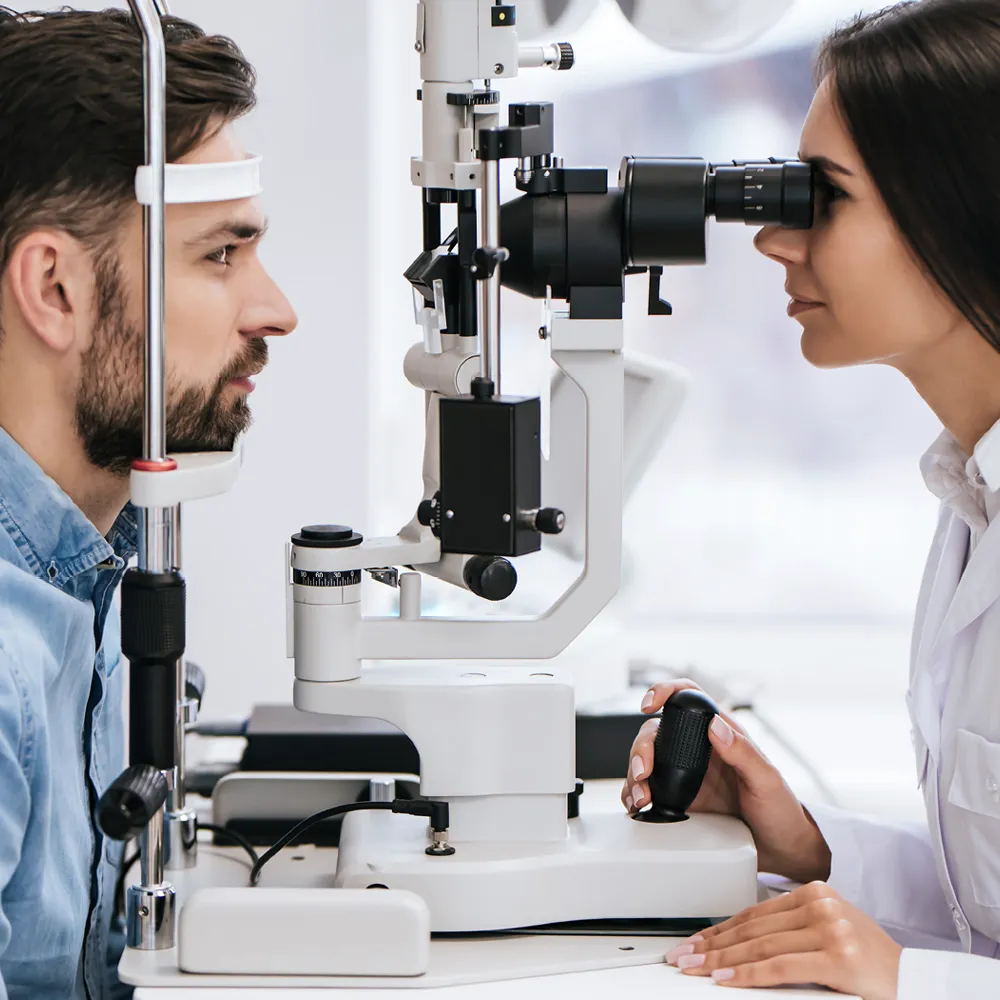
Our board-certified eye doctors provide the highest quality of care performing everything from routine eye exams to diagnosing, treating, and managing eye diseases.
Find an Eye Doctor Near You
About
Welcome to Fishbaugh Family Eye Care, where your vision and eye health are our top priorities. With a proud tradition of providing exceptional eye care services, we are dedicated to ensuring that every patient receives personalized attention and cutting-edge care.
At Fishbaugh Family Eye Care, we believe in combining advanced technology with a compassionate approach to deliver comprehensive eye exams, tailored treatment plans, and a wide range of optical solutions. From routine vision checks to managing complex eye conditions, our experienced team of optometrists is committed to helping you achieve and maintain optimal eye health.
We take pride in our curated selection of premium eyewear, featuring stylish frames and advanced lens options to suit your lifestyle and visual needs. Whether you're looking for the latest fashion trends or durable everyday wear, our optical specialists will help you find the perfect fit.
With two convenient locations in St. Henry and Lima, Ohio, to better serve you:
St. Henry at 570 E Kremer-Hoying Rd., St. Henry, Ohio 45883
Lima at 1301 Cable Rd., Lima, Ohio 45805
Choose the Fishbaugh Family Eye Care location that best suits your needs and schedule your visit today. Then, experience why families have trusted us for years to safeguard their sight.

Find an Eye Doctor Near You
At we believe in using the latest technologies to aid us in doing everything comprehensively—right down to your basic eye exam.

